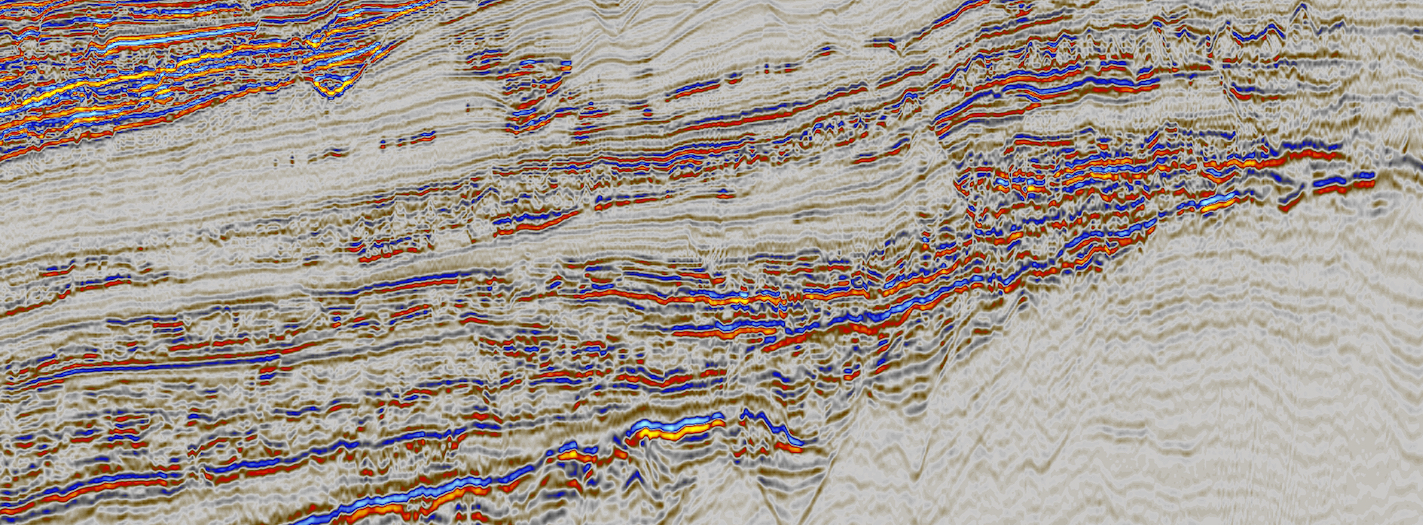
Seismic Expression of Structural Styles
Course Details
This course will provide participants will the background and skills to interpret both simple and complex structures in seismic data. We provide many analogs and exercises so that participants get a hands-on experience while improving their interpretations skills. Structural interpretations do not just exist in 2D, so our goal is to make sure participants understand how structures can change in 3D while being able to make a kinematically valid structure map with proper contours and fault symbols that illustrate the tectonic setting and structural styles. Throughout the course we will relate the structures back to the impact they have on Petroleum System Elements such trap, migration, and seal. Along the way we will conduct multiple hands-on exercises so that these concepts can be retained. We will end the class by discussing a proper workflow for structural seismic interpretation, constructing structural domains, and by giving participants an opportunity to discuss their own work with feedback provided.
Who Should Attend
Geologists and geophysicists who spend time making and evaluating structures in seismic data. While many geophysicists have a great technical background, this class will help ground them in structurally valid interpretations. This class will also teach the geologists about recognizing structures in seismic data, while addressing seismic artifacts and non-structural features that may occur in the seismic data, particularly in settings with complex structures.
Need more information?
Course Outline
Day 1
I. Introduction to seismic data and best workflows for interpreting structures in the data.
II. Proper uses of seismic attributes and vertical exaggeration for highlighting structures.
III. Introduction to structural styles of extension.
IV. Seismic examples and exercises in 2D, 3D, and map view.
V. How to make a kinematically valid structure map and cross-sections in extensional settings.

Day 2
I. Introduction to structural styles of contraction.
II. Thin-skin vs thick-skin.
III. Seismic examples and exercises in 2D, 3D, and map view.
IV. How to make a kinematically valid structure map and cross-sections in contractional settings.

Day 3
I. Introduction to structural styles of strike-slip and wrench tectonics.
II. Differences between a strike-slip fault (in any setting) vs larger scale wrench tectonics and expected structures.
III. Seismic examples and exercises in 2D, 3D, and map view.
IV. How to make a kinematically valid structure map and cross-sections in wrench tectonic settings.

Day 4
I. Introduction to structural styles of salt tectonics.
II. Contractional salt tectonics vs extensional salt tectonics.
III. Introduction to structural styles of inversion.
IV. Seismic examples and exercises in 2D, 3D, and map view.
V. How to make a kinematically valid structure map and cross-sections in salt tectonic settings.

Day 5
I. Seismic workflows, where to start before you make any interpretations.
II. Understanding the tectonic history, mechanical stratigraphy, and setting expectations.
III. Defining structural domains and the impact on operations and development.
IV. Open discussion, participants can bring company examples and receive feedback and input on structural projects and interpretations.

This is not an online course!!!
The course will take place in Oklahoma City, USA in August 2021 and costs $3500/person. Students and professionals in transition will receiver 50% off the registration cost.
Alternatively, if you are working for an oil and gas company and would like to arrange this training in-house, please send us a message.


